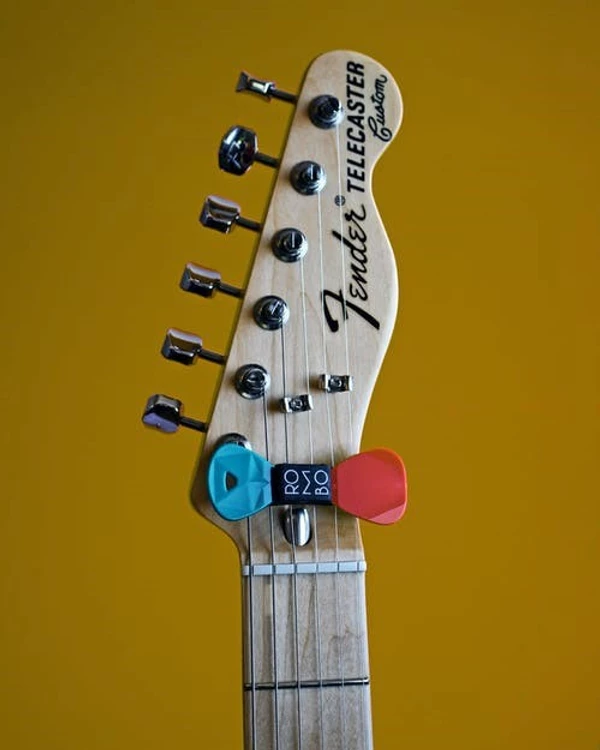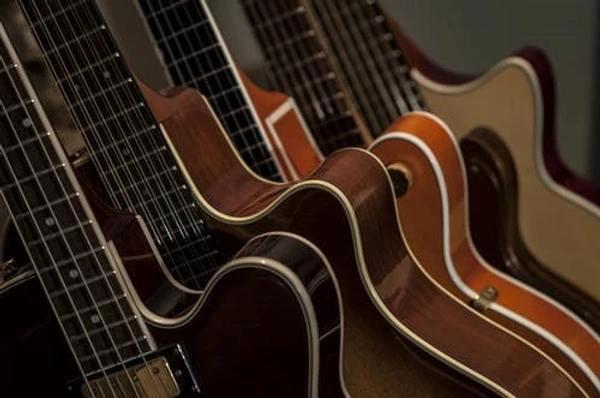You can be the finest guitarist in the world, but you’re going to sound bad if your guitar is out of tune.
Now that you’ve embarked on your journey to learn the guitar, it’s essential you know how to tune it as well. It only takes a few minutes and can do wonders for the sound of your guitar while you’re playing.
Here are a few tuning methods for your high-performance guitar.
Standard Guitar Tuning
Adjusting the six strings on the instrument is part of the guitar tuning process. If you’ve just started playing and are relatively new to this procedure, then you should stick to standard tuning.
The guitar notes from thickest to thinnest are:
E, A, D, G, B, E
Here’s a handy mnemonic to help you remember the order:
Elephants And Donkeys Grow Big Ears
Now that we’ve gone over the basics, let’s learn how to tune a guitar to E, A, D, G. B, E.
When you look at your guitar’s headstock (the thin end of the guitar), you’ll discover small keys you can turn. These keys are called ‘machine heads’. Each string has a separate machine head that they’re attached to, and you change the pitch of the string by turning the machine head.
We start from the 6th string—the E string—the thickest, lowest-pitched string at the top of the neck. The E string at the bottom of the neck, which is the thinnest, highest-pitched string – is known as the 1st string.
Note that the highest and lowest strings are both E. It’s best to start with the 6th string and work your way down.
Tune your Guitar with an Electric Tuner
This is the easiest way to tune your guitar, as electric tuners are fast and accurate.
Working with the strings can become a little complicated, especially for beginners. An electric guitar tuner will pick up the sound waves from the guitar, read and interpret them, and display its readings in the notes.
All you need to do is turn on the tuner and strum a string. Within a few seconds, you’ll know if your guitar is in tune or not.
Tune by Ear
This is an old way of tuning your guitar. You start with the 6th string and adjust it to lower E. Then continue to tune each string to the former string.
Remember the pattern “5 5 5 4 5”, and don’t forget that only the 2nd string uses the fourth fret to tune. The rest use the fifth fret.

How Often Should you Tune your Guitar?
As guitars are sensitive instruments, it’s best to tune them at the start of each practice. You can also tune them when you sense that they don’t sound right.
To make your guitar stay in tune longer, change the strings frequently, store it in a hard case and keep it in a cool and dry place. It’s also a good idea to wipe the strings with a clean and dry cloth after you’re done playing.
Want to Shop High-Performance Guitars?
At rock guitars, we feature an intensely appealing collection of majestically decorated high performance guitars. Hand decorated by Eddie A and put together with a one of a kind artistic finish, our guitars will rock your world.
Check out our inventory to buy high-performance guitars, and get in touch with us to know more.


